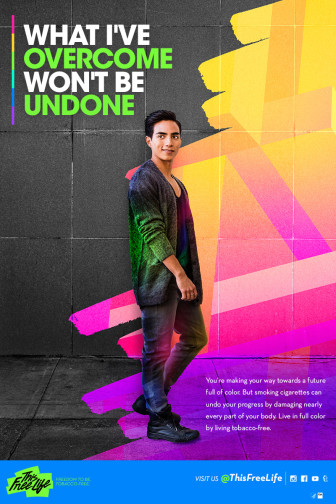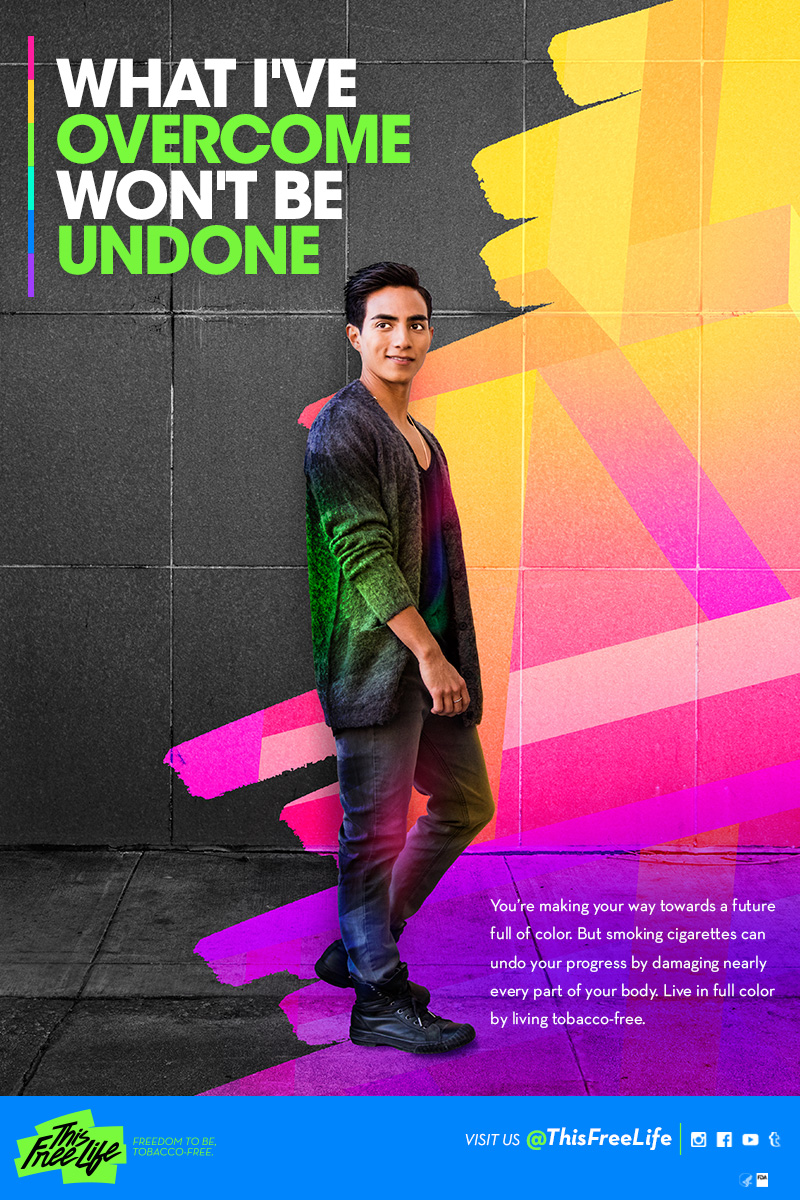 WASHINGTON — The Food & Drug Administration wants young lesbian, gay, bisexual and transgender smokers to know there’s no safe amount of tobacco use.
WASHINGTON — The Food & Drug Administration wants young lesbian, gay, bisexual and transgender smokers to know there’s no safe amount of tobacco use.
This week, the agency launches “This Free Life,” an anti-smoking campaign focused on LGBT youth ages 18 to 24 who smoke occasionally or consider themselves “social smokers.”
More than 800,000 of 2 million LGBT youth report smoking occasionally, a rate twice that of other young adults, the FDA said.
The process of coming out is one factor that puts LGBT youth at greater risk for tobacco use, according to the FDA. Young adults may deal with social stigma, discrimination and anxiety as they come out, which can lead to tobacco use and subsequent negative health outcomes.
Research also shows LGBT youth may find a sense of community at LGBT bars and clubs where tobacco use may be happening or look up to LGBT celebrities who use tobacco, the FDA said.
“‘This Free Life’ is designed to challenge the perception that tobacco use is a necessary part of LGBT culture,” said Richard Wolitski, Ph.D., acting director of the Office for HIV/AIDS and Infectious Disease Policy, in a news release. “The campaign shows LGBT young adults they can be the person they want to be and still live tobacco free.”
The reasons for smoking vary within the LGBT population, said Kelsey Hug, a community resource manager who oversees the smoking cessation programs at Affirmations, an LGBT community center in Michigan. Because stress relief can be one factor in the decision to smoke, it is important for the center to offer alternatives to ease worry and anxiety.
[Related: Becoming a ‘Real Boy’: Filmmaker Follows Teenager’s Trans Journey]
The center offers a healthy living seminar series that includes classes on various health-related topics, some of which can help people find the alternatives to smoking that work best for them.
Hug also stressed the importance of offering nonjudgmental services that assure participants that when they feel ready to quit, they will have support as they do.
“It’s never going to help anyone for me to tell you what to do with your life,” Hug said.
Positive messages
“This Free Life” campaign’s website features messages that celebrate the LGBT community. “Our community has faced so many obstacles, but we’ve found ways to overcome them. That’s why we can’t afford to let death and disease from tobacco use threaten our progress,” says one typical message.
Public services announcements that encourage LGBT youth to be tobacco-free will run in 12 U.S. markets. The $37.5 million campaign is funded by users fees from the tobacco industry.
Tobacco companies have marketed their products as part of LGBT culture for years, said Amy Taylor, senior vice president, community and youth engagement at the Truth Initiative, a nonprofit public health organization dedicated to ending tobacco use.
“The message of freedom in FDA’s new tobacco prevention advertisements cleverly counter nicotine addiction and give LGBT young adults the inspiration to be tobacco-free,” she said in an emailed statement.
The campaign is part of FDA’s ongoing effort to identify youth populations who are at risk of smoking or using smokeless tobacco. Most recently, in April, the agency began a campaign focused on educating rural, white male teenagers about the dangers of smokeless tobacco.
More related articles:
CDC Finds Teens Using E-Cigarettes Doubled Last Year
Poor Children More Likely to Smoke, But Less Likely to Binge Drink, According to Duke Study






























